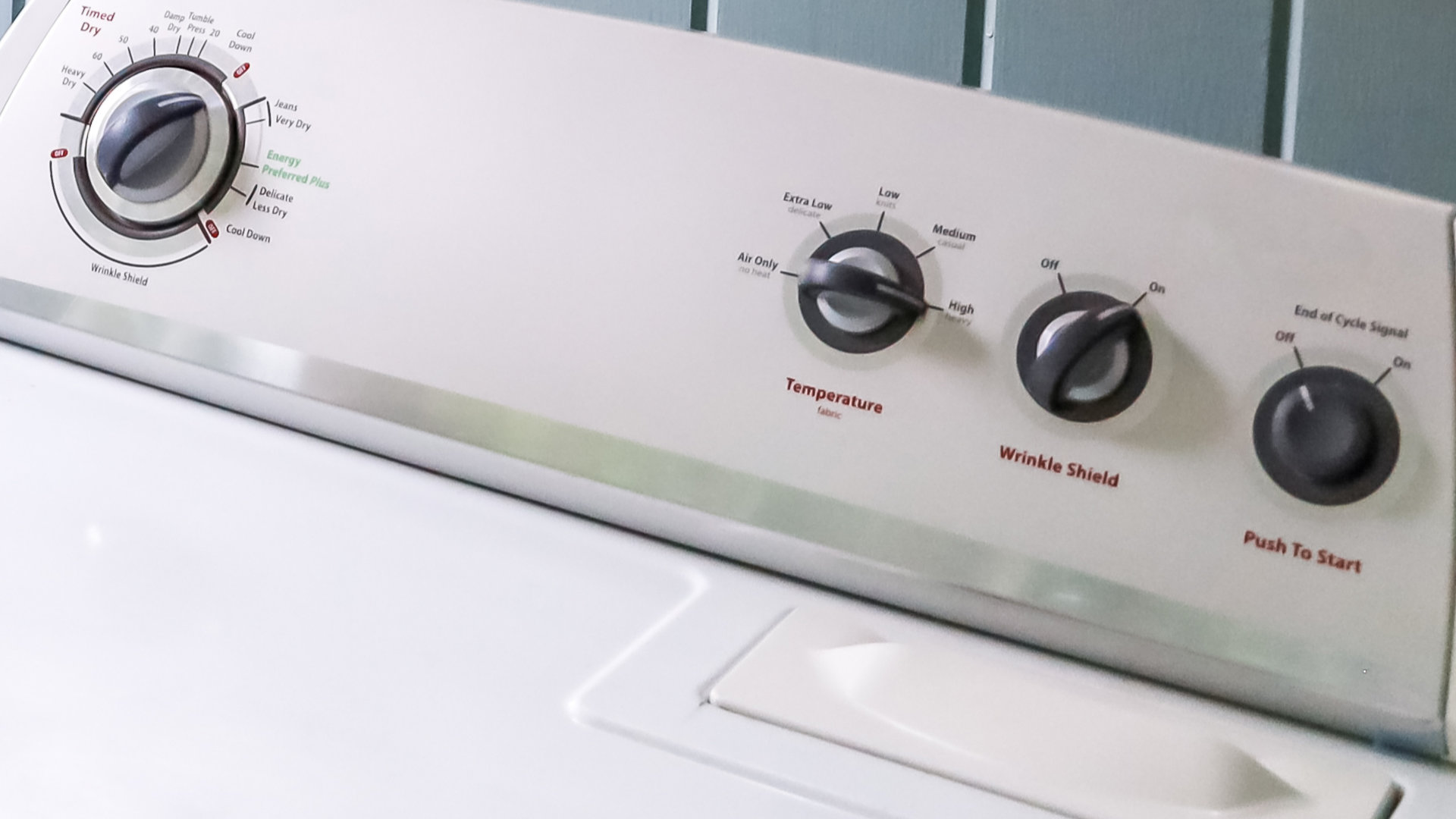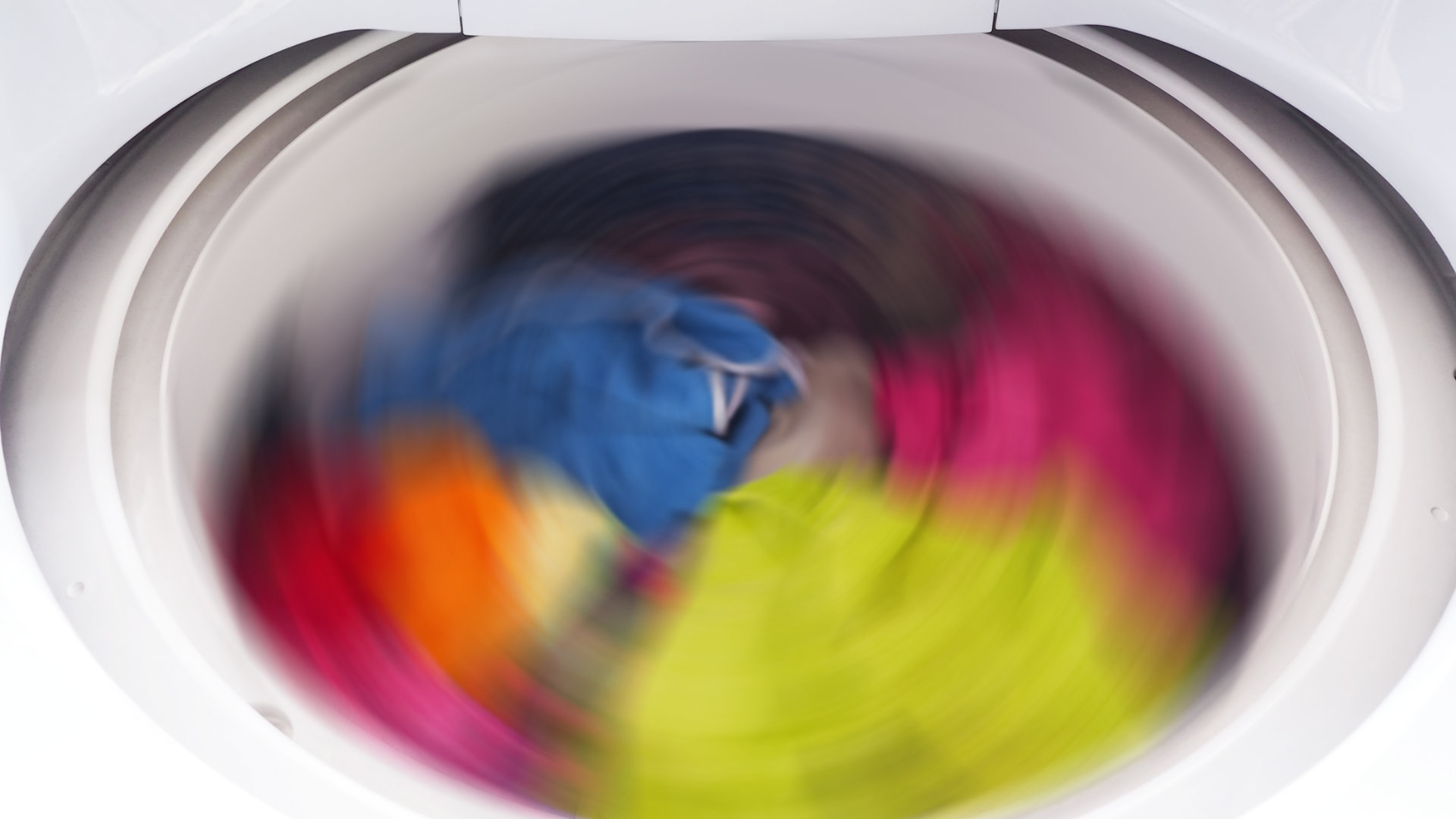
If your washer won’t spin, you’re in the right place. In this guide, we give you step-by-step instructions for how to find the cause of the problem and fix it.
Fixing a washer that won’t spin is quite straightforward but does require you to have a multimeter so you can check various components to find out which one is defective.
If you’re good to go, simply start with step 1 and move your way down the list.
Step 1 – Check the lid switch
The best place to start is to check the lid switch. If the lid switch is faulty, your washer won’t be able to spin as the control board will think that the door isn’t securely closed.
Checking the lid switch can be done by:
- Switch the power off to your washer or turn the circuit breaker off.
- Find the lid switch (if required, check your user manual).
- Test the lid switch with a multimeter to ensure it has continuity.
- If the switch fails the test, replace it. If the switch passes the test, proceed to the next step.
- If you do replace the switch, you’ll then need to check the washer can now operate correctly. If it still doesn’t spin, proceed to the next step.
Step 2 – Check that the drive belt is working
The next step is to check the drive belt. The drive belt helps the washer to spin, so if it becomes broken or faulty, your washer won’t be able to operate correctly during a wash cycle.
To check the drive belt, you need to:
- Switch the power off to your washer or turn the circuit breaker off.
- Remove the side panels from the washer so you can access the internal components (if you’re not sure how to do this, consult your user manual).
- Locate the drive belt and check to see if it is damaged or broken. You also need to ensure it is connected to the washer drum in the right position and if not, readjust it.
- If the belt is not broken or out of place, make sure that the pulleys it is connected to are not broken.
- If the belt and pulleys are fine, proceed to the next step. If the belt or one or more of the pulleys are damaged, replace them.
- If you do replace the belt or pulleys, you’ll then need to check the washer can now operate correctly. If it still doesn’t spin, proceed to the next step.
Step 3 – Check the motor coupling
The motor coupling connects the motor to the transmission, so if it becomes defective, your washer might not be able to spin.
To check that the motor coupling is okay, you need to:
- Switch the power off to your washer or turn the circuit breaker off.
- If you haven’t already, remove the side panels from the washer so you can access the internal components.
- Locate the motor coupling and check to see if it is damaged or broken.
- If the motor coupling is fine, proceed to the next step. If the motor coupling is damaged, replace it.
- If you do replace the motor coupling, you’ll then need to check the washer can now operate correctly. If it still doesn’t spin, proceed to the next step.
Step 4 – Check the door latch is working
The next step is to locate the door latch in your washer and then check if it is working correctly. The purpose of the door latch is to ensure the door stays closed during a wash cycle. If it stops working, your washer will turn off and not spin. Depending on the specific make and model of your washer, you’ll either have a mechanical or electronic door latch (check your user manual to find out which one your washer has).
Here’s how to check that the door latch is working correctly:
- Switch the power off to your washer or turn the circuit breaker off.
- If you have a mechanical door latch, locate it and then check if the door closes properly. If not, it will need to be replaced. If you have an electrical door latch, it will need to be checked with a multimeter for continuity.
- If your electronic latch fails the test, replace it. If it passes the test, proceed to the next step.
- If you replace the switch, you’ll need to check if your washer now spins. If not, proceed to the next step.
Step 5 – Inspect the motor control board
The next step is to check the motor control board. This component is important because it ensures power is sent to the motor when required to spin the washer.
Checking the motor control board requires you to:
- Switch the power off to your washer or turn the circuit breaker off.
- If you haven’t already, remove the side panels from the washer so you can access the internal components.
- Locate the motor control board and check to see if any of the components on the board are burnt out. If so, you’ll need to replace the board. If the board doesn’t have any burnt-out components, you can proceed to the next step.
- If you do replace the motor control board, check the washer can now operate correctly. If it still doesn’t spin, proceed to the next step.
Step 6 – Inspect the clutch
The clutch connects the transmission and the inner tub and ensures the washer drum can spin at the right speed. Sometimes, the clutch can wear out, which will stop your washer from being able to spin.
To inspect the clutch to make sure it is working, you need to:
- Start by turning the power back on to your washer if it is turned off.
- Turn the washer onto a cycle and check if you can see the drum rotating around. If the drum isn’t rotating at all, this means the clutch is defective and will need to be replaced. If the drum does spin but does so intermittently, this also means the clutch will need to be replaced. If the drum spins around at the correct speed, then the clutch doesn’t need to be replaced and you can move on to the next step.
- If you do replace the clutch, you’ll need to check if the washer is now working correctly. If not, proceed to the next step.
Step 7 – Inspect the rotor
The rotor is another component that helps the drum to spin around. The rotor has several magnets on it that, when damaged, will prevent the drum from being able to spin correctly or at all.
Here’s how to inspect the rotor:
- Switch the power off to your washer or turn the circuit breaker off.
- If you haven’t already, remove the side panels from the washer so you can access the internal components.
- Locate the rotor and check to see if the magnets are damaged or broken.
- If the rotor is fine, proceed to the next step. If the rotor magnets are damaged, replace the whole rotor unit.
- If you do replace the rotor, check the washer can now operate correctly. If it still doesn’t spin, proceed to the next step.
Step 8 – Check the stator
The stator is another component that helps the drum spin. To rule it out as the cause of the problem, you need to check that the windings on it are not damaged.
Here’s how to inspect the stator:
- Switch the power off to your washer or turn the circuit breaker off.
- If you haven’t already, remove the side panels from the washer so you can access the internal components.
- Locate the stator (it’s next to the rotor) and check to see if the windings are damaged or broken.
- If the stator is fine, proceed to the next step. If the stator windings are damaged, replace the whole stator unit.
- If you do replace the stator, you’ll then need to check the washer can now operate correctly. If it still doesn’t spin, proceed to the next step.
Step 9 – Check that the drive motor is working
The final step is to check the drive motor. When the drive motor becomes faulty it won’t be able to power the drum to spin around.
To check the drive motor, you will need to:
- Switch the power off to your washer or turn the circuit breaker off.
- If you haven’t already, remove the side panels from the washer so you can access the internal components.
- Locate the drive motor and check it with a multimeter for continuity. If it fails the test, replace it. If it passes the test, it’s not the cause of the problem.
- If you do replace the drive motor, you’ll then need to check the washer can now spin correctly. If it still doesn’t spin, you will need to get a qualified technician to come and inspect your washer.

How to Reset a Whirlpool Refrigerator Ice Maker
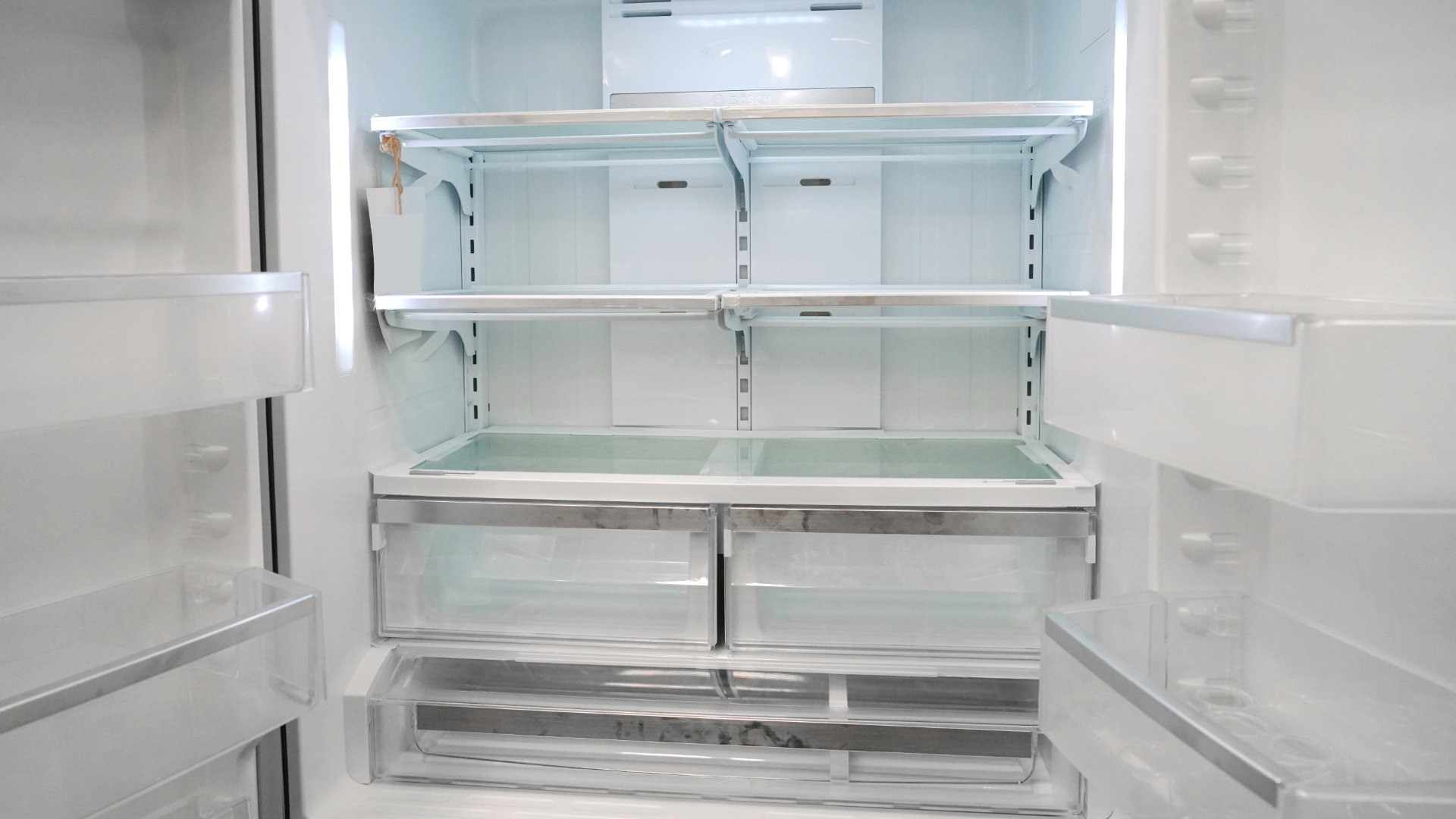
6 Reasons Your LG Refrigerator Is Not Making Ice

Kenmore Fridge Ice Maker Not Working? 5 Ways to Fix It

How to Remove Fish Smell from Your Refrigerator
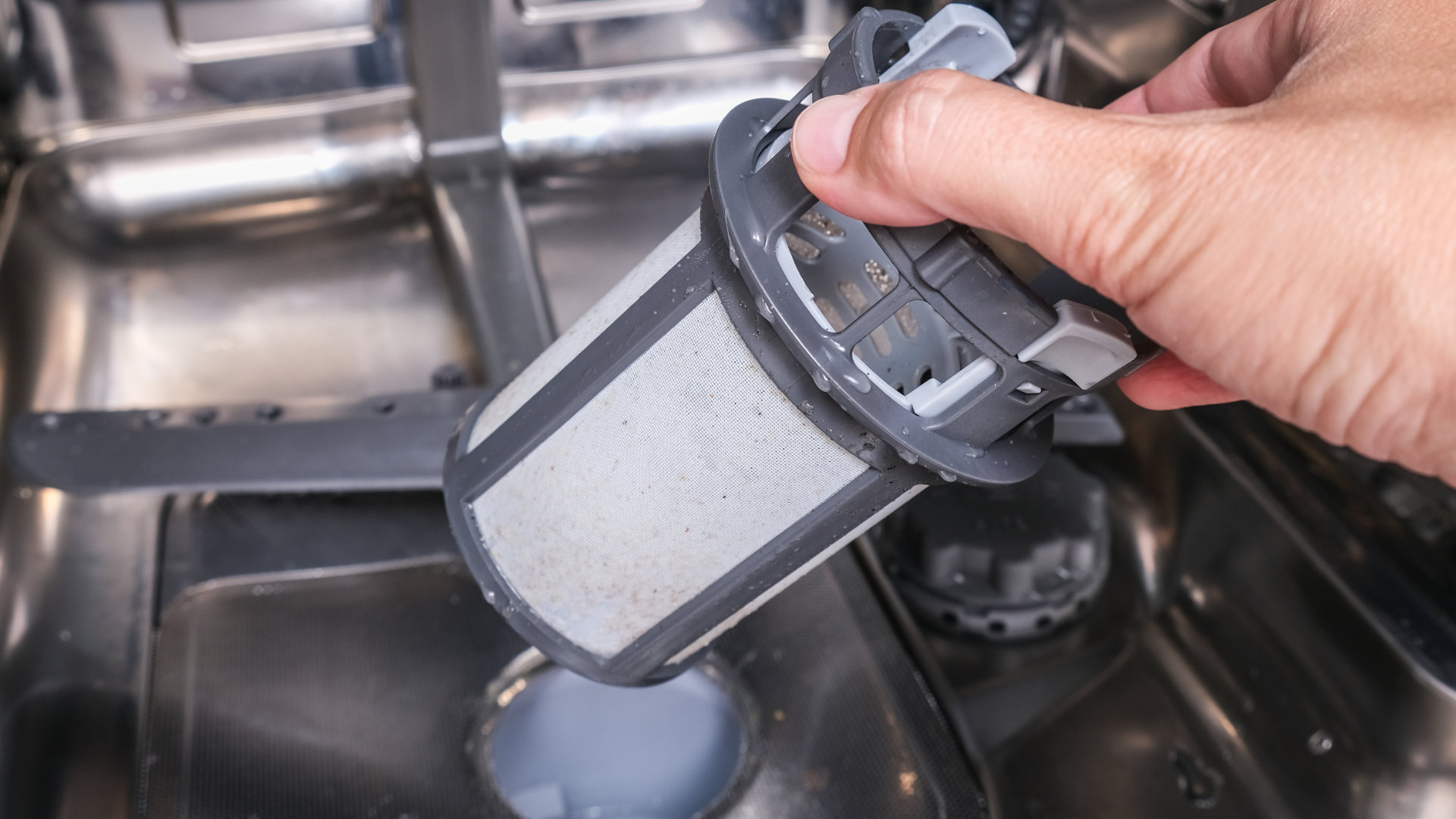
How To Fix Bosch Dishwasher E24 Error
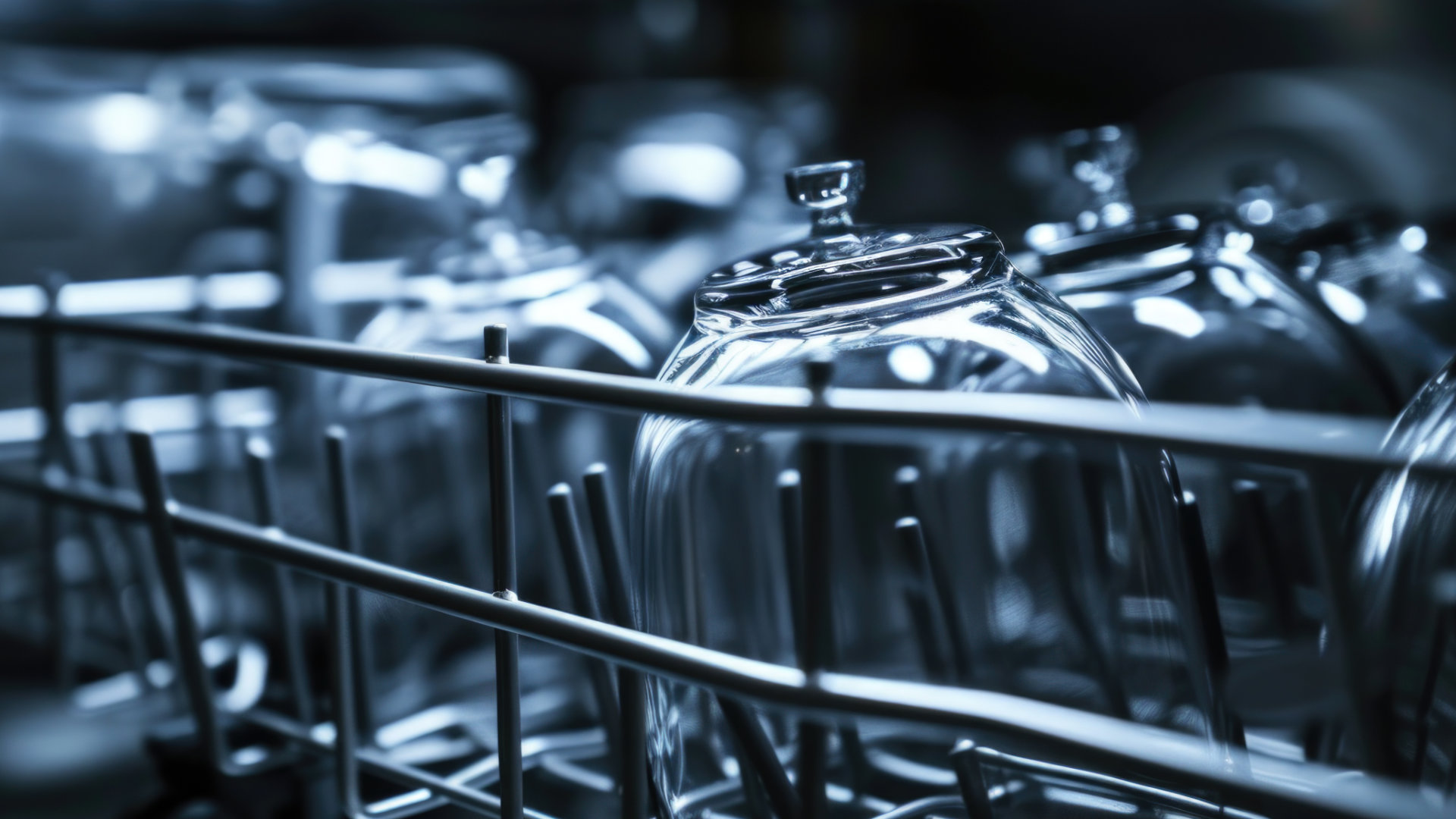
Troubleshooting a Whirlpool Dishwasher Not Draining
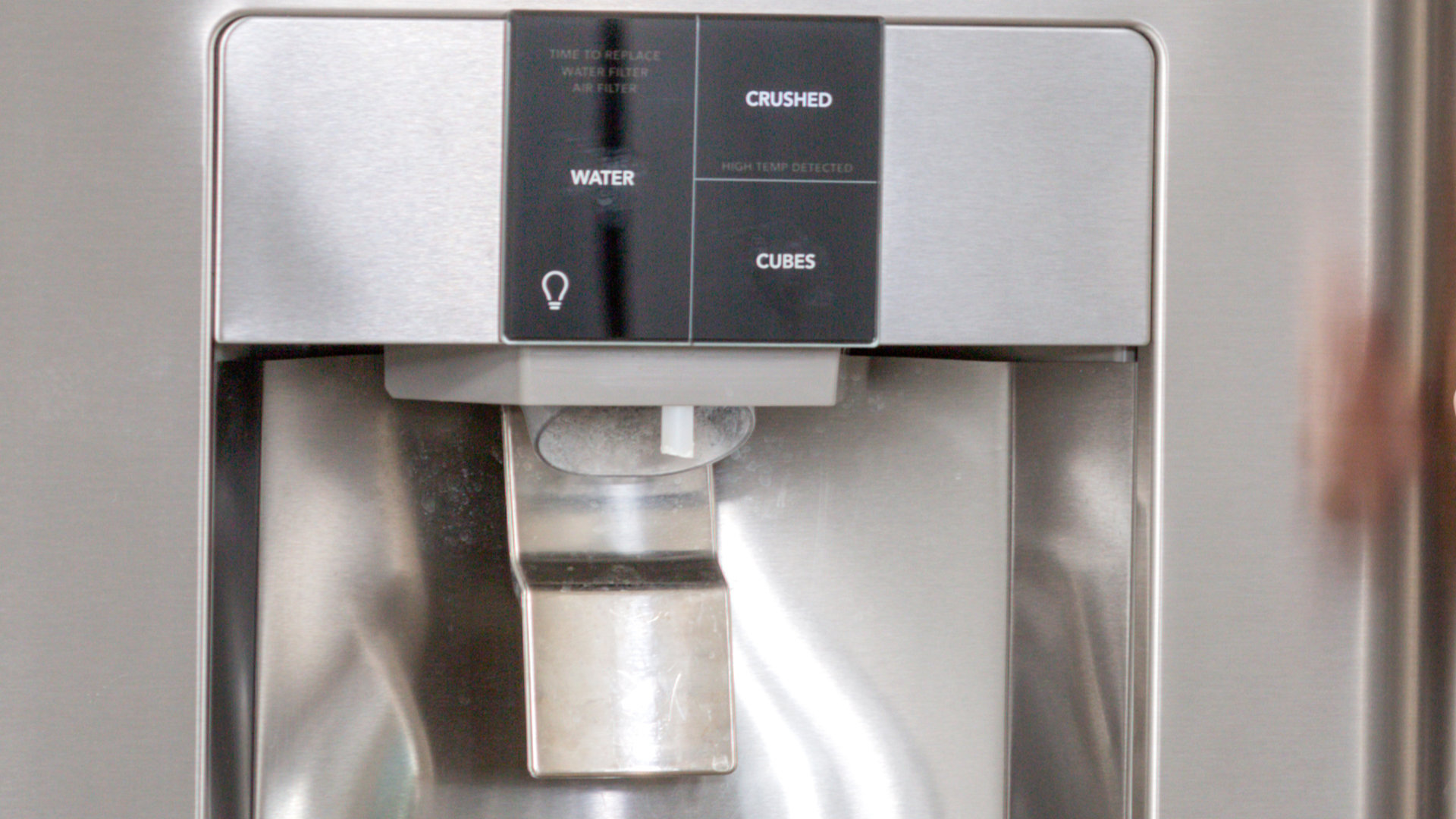
Why Is Your Fridge Water Not Working, but Ice Is?
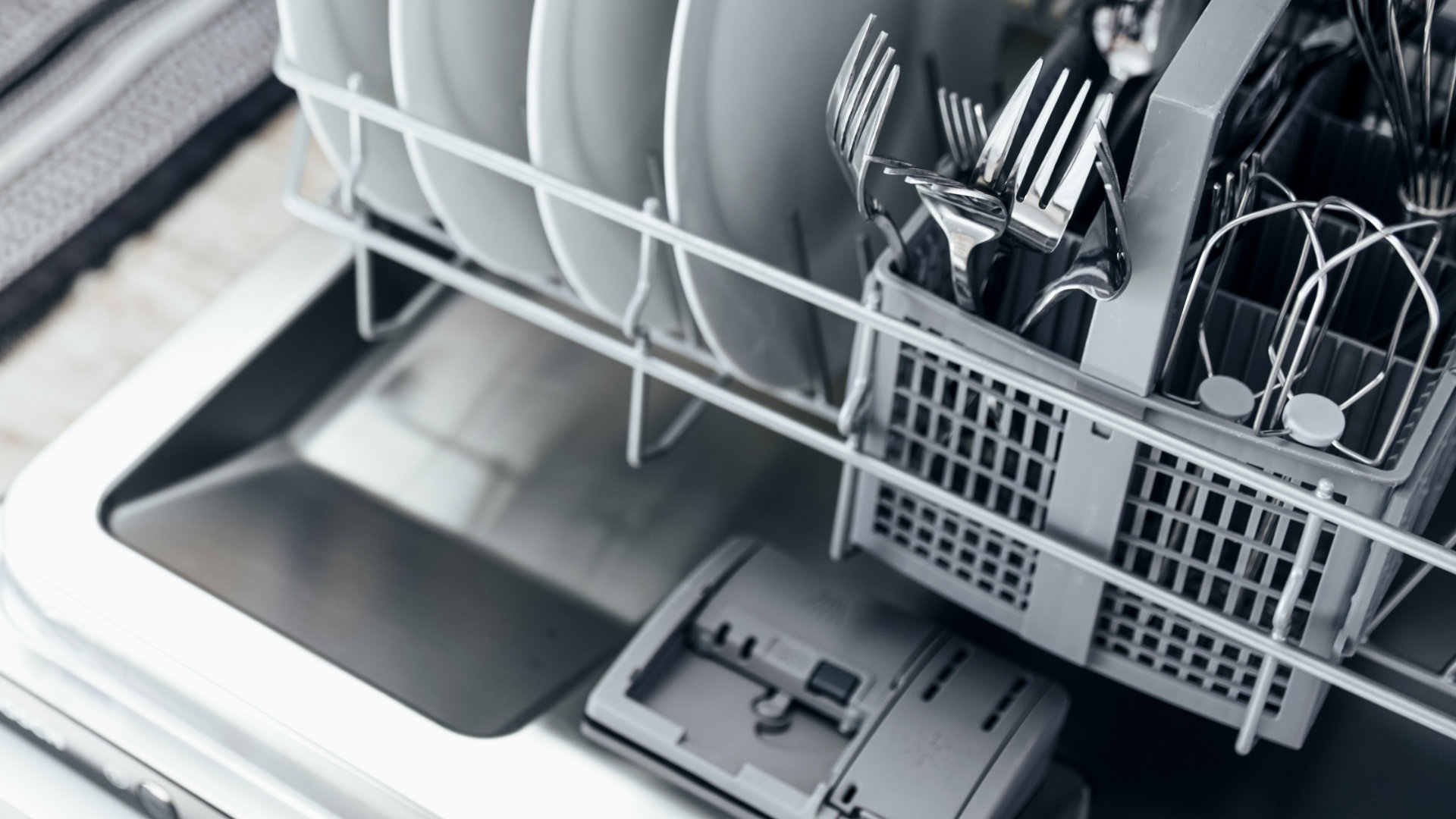
How to Fix the E15 Bosch Dishwasher Error Code
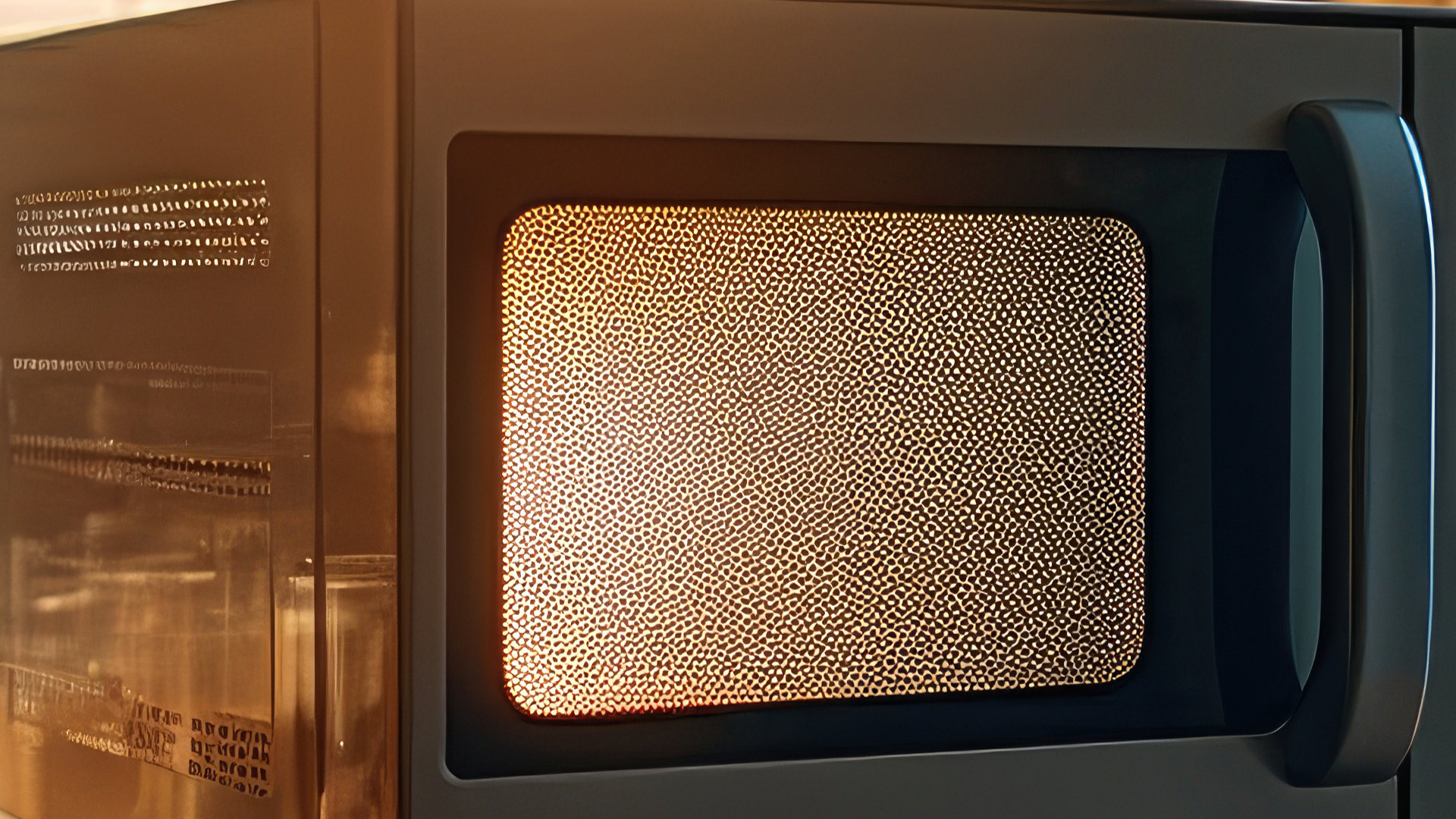
How Much Power Does a Microwave Use?
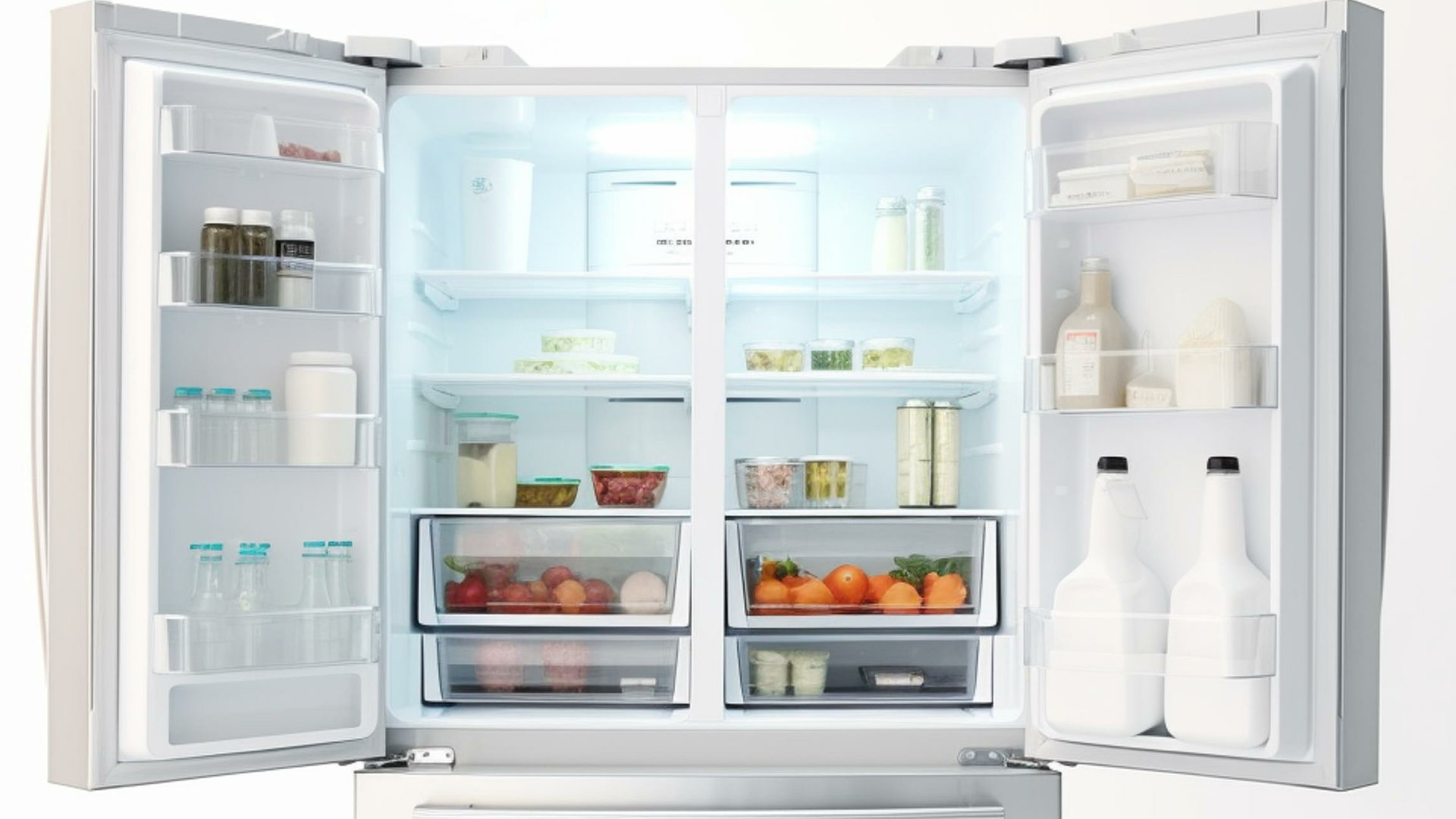
How to Properly Clean Refrigerator Coils
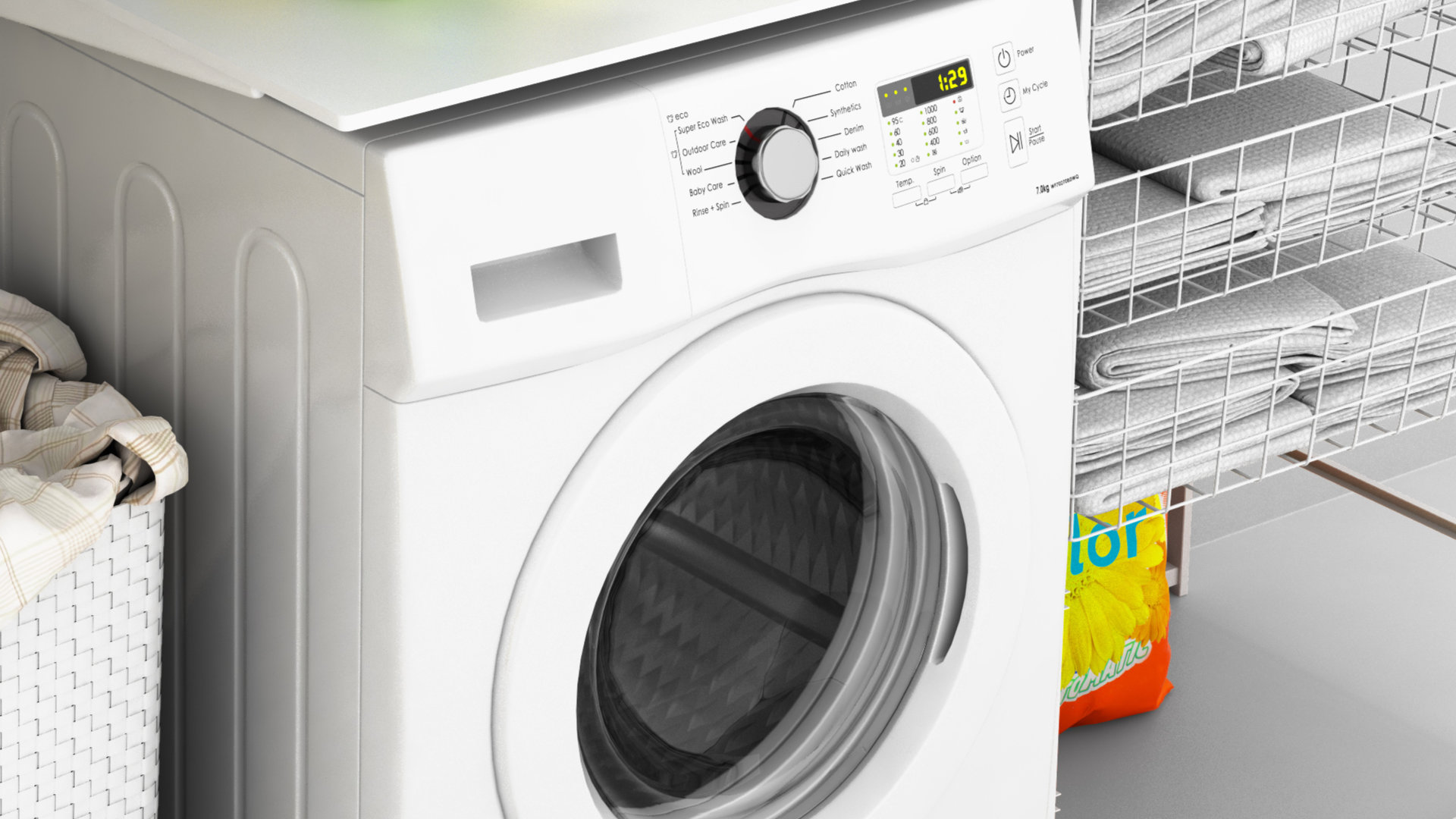
How to Fix an LG Washer Showing OE Error Code
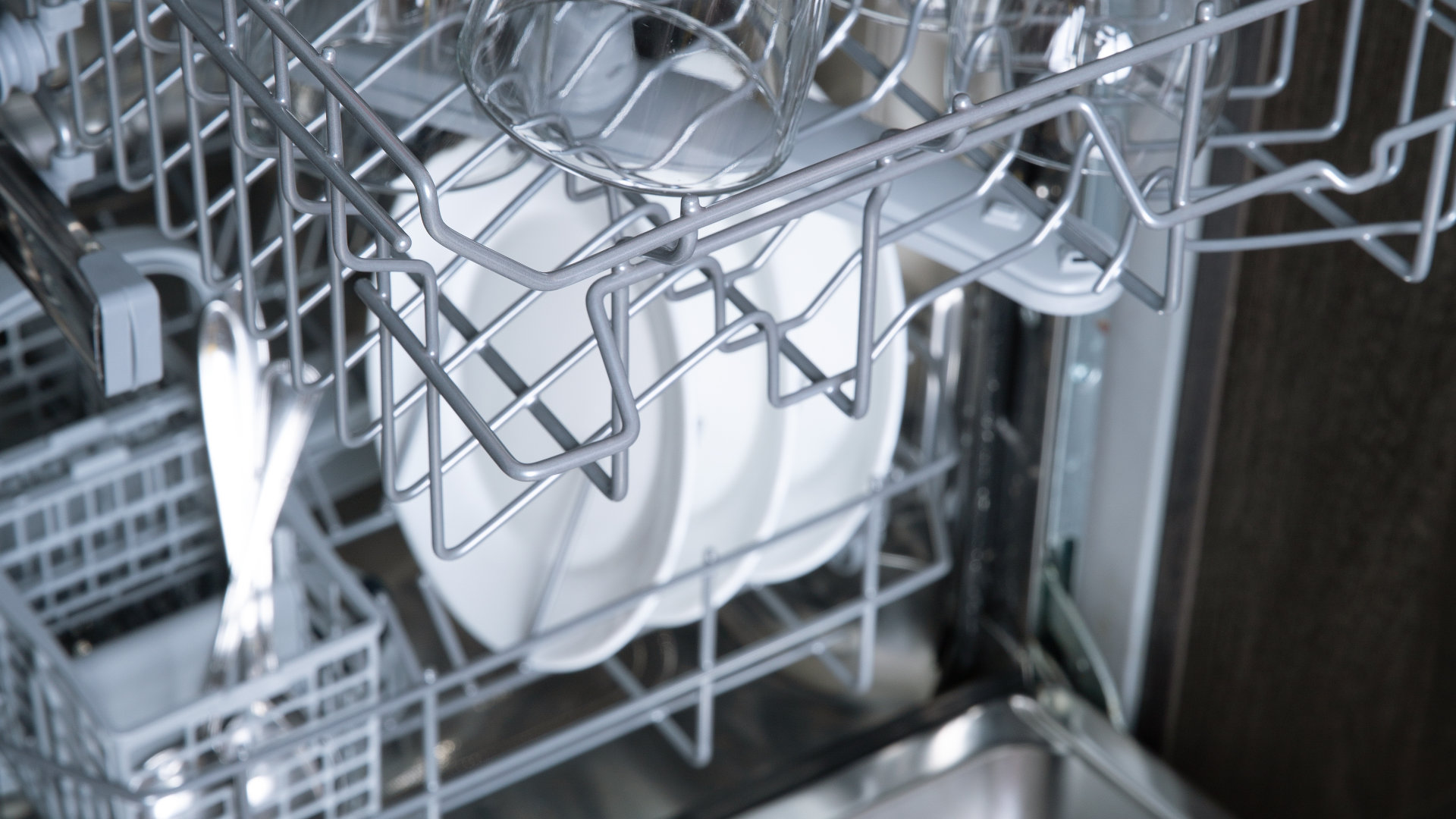
Troubleshooting a GE Dishwasher with No Power and No Lights
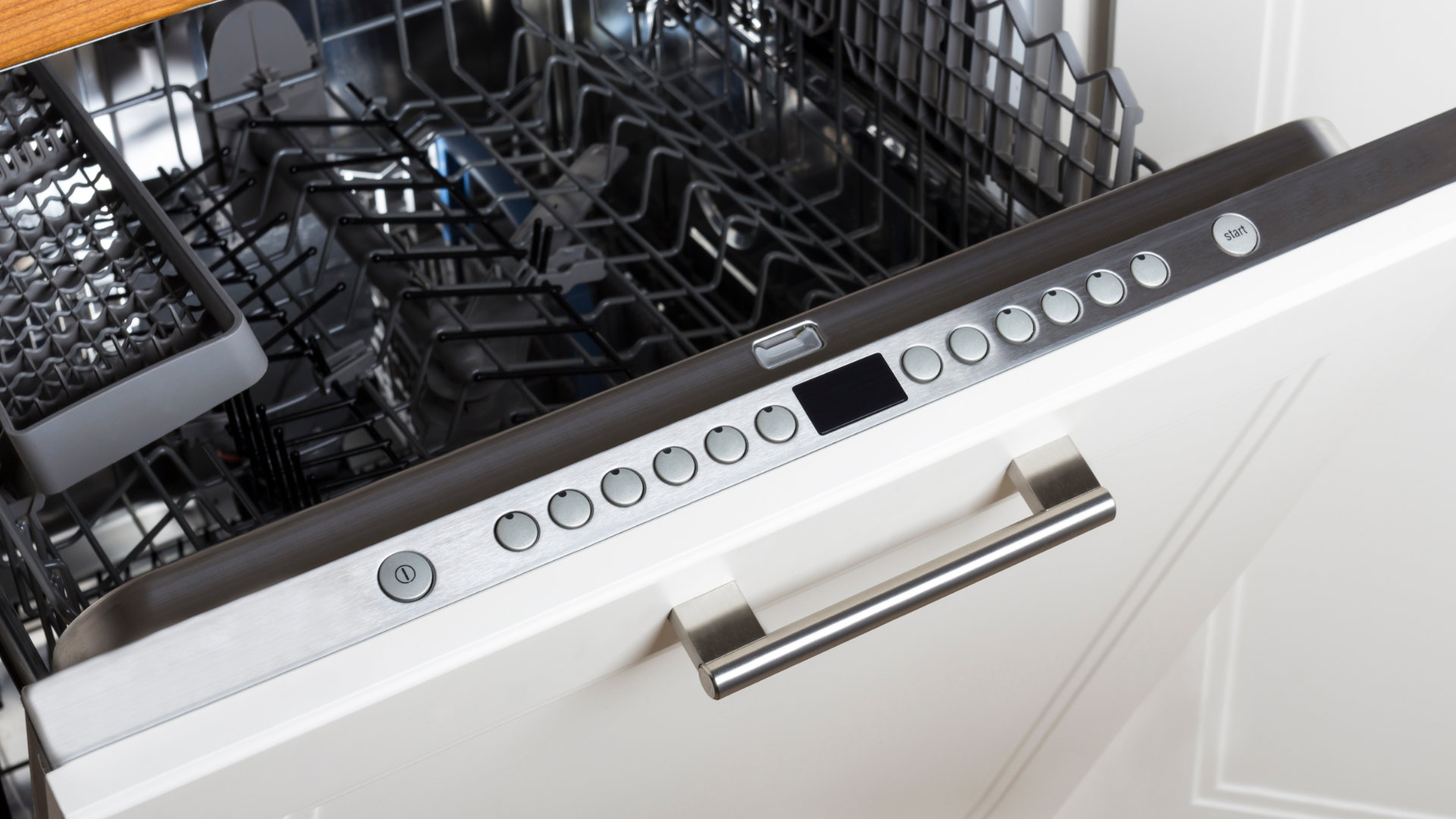
10 Reasons Why Your Bosch Dishwasher Won’t Start
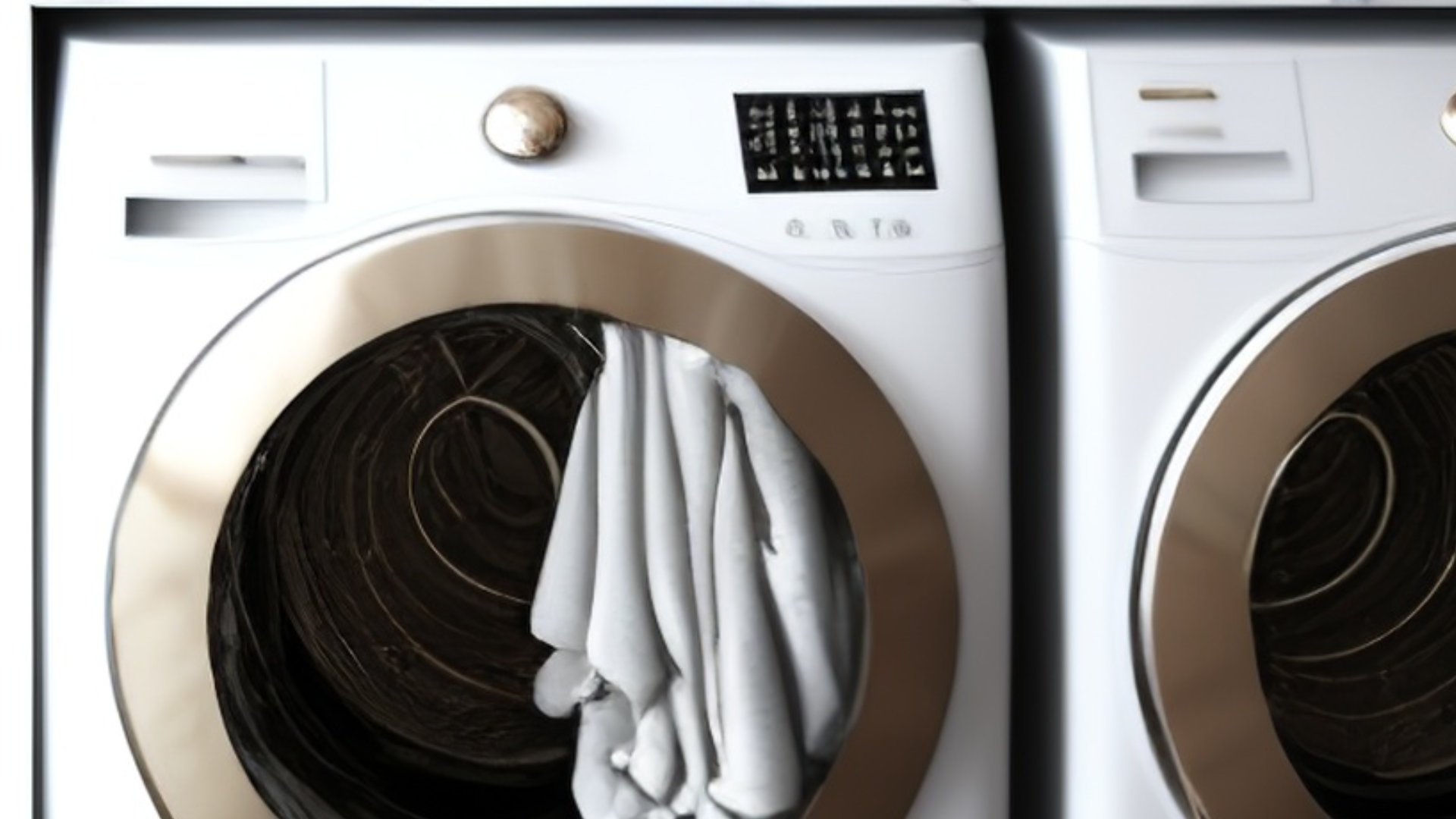
Troubleshooting the F5 Error Code with a Maytag Washer
